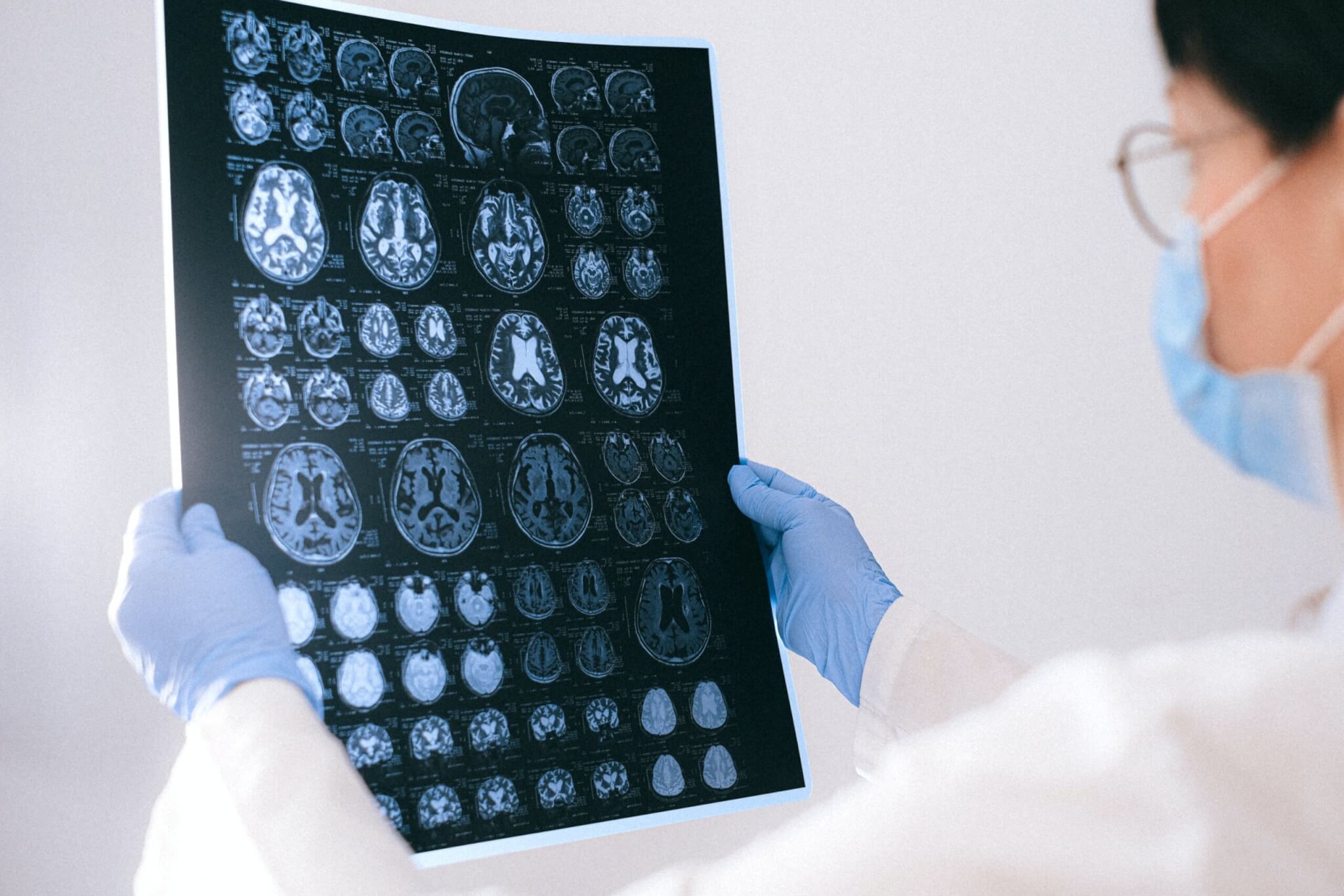
pixabay.com
ORLANDO, Fla. — If you plan on letting your child play football, and you're worried about concussions, a recent study is revealing which positions are the most dangerous on the gridiron. Scientists in Florida set out to uncover the impact of traumatic brain injuries (TBIs) and biomarkers specific to each football player's position. These biomarkers are substances released from the brain after suffering damage. The team from Orlando Health Orlando Regional Medical Center (ORMC) and Penn State University believes they can now rate which positions face the highest risk of brain injury.
Throughout the study, researchers closely followed 52 college football athletes, analyzing four specific biomarkers (glial fibrillary acidic protein [GFAP], ubiquitin C-terminal hydrolase-L1 [UCH-L1], total Tau, and neurofilament light chain polypeptide [NF-L]). The players were categorized based on speed positions versus non-speed positions, as well as Profile 1, Profile 2, and Profile 3 classifications.
“We found the biomarkers were much higher in football players in speed positions such as quarterbacks, wide receivers, defensive backs, running backs, halfbacks, fullbacks, tight ends, defensive backs, safety, and linebackers who build up momentum prior to tackling or being tackled, compared to non-speed positions like offensive and defensive linemen who engage other players before significant momentum can be generated,” says Linda Papa, MD, lead author of the study, in a media release.
“Interestingly, biomarkers increased in all positions over the course of the season despite very few players being diagnosed with a concussion. This suggests that repetitive head impact exposures elevate TBI biomarkers without having a concussion.”

The researchers also developed a three-tier player position classification system, which accounted for head impact strain magnitude, frequency, and intervals. Profile 1 positions, including quarterbacks, wide receivers, and defensive backs, experienced high-intensity hits but with low frequency. Profile 2 positions, such as linebackers, running backs, and tight ends, had mid-range impact frequency and strain. Profile 3 positions, comprising offensive and defensive linemen, encountered hits frequently but with lower intensity.
“It appears that head impact magnitude and not frequency causes the greatest elevations in TBI biomarkers,” Dr. Papa reports. “We found incremental increases in the biomarkers GFAP, Tau, and NF-L by player position from Profile 3 to Profile 2 to Profile 1, with highest biomarker levels in Profile 1 players and lowest biomarker levels in Profile 3 players.”
Surprisingly, the study also revealed that biomarker elevation patterns in speed (Profile 1) versus non-speed (Profile 3) players were present before the season began.
“This was surprising because blood was collected before any practices or football activity,” Papa explains. “It may indicate that pre-season biomarker elevations in these players reflect head impact exposures from previous seasons.”
This study, which combines TBI biomarker analysis with established player classification systems, offers valuable insights into quantifying and monitoring head impact exposures in different players. The results can inform safety measures, game rule changes, on-field behavior, equipment enhancements, return-to-play guidance, career decisions, and more.
Looking ahead, Dr. Papa emphasized the need for future research involving a larger sample size and longer observation periods to better understand the long-term effects of traumatic brain injuries associated with player positions.
The study is published in the Journal of Neurotrauma.










